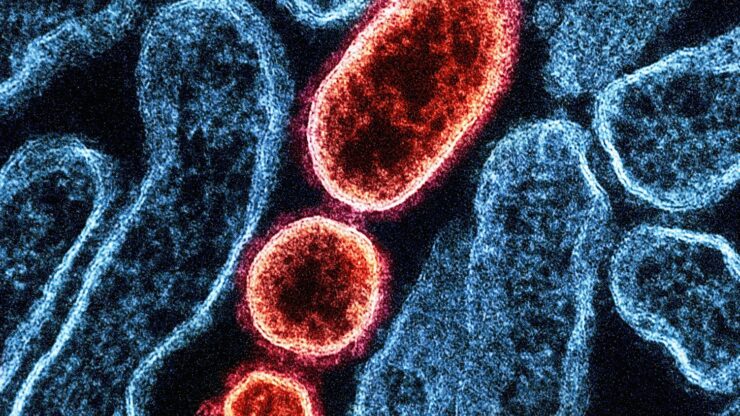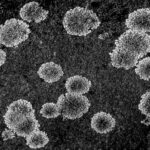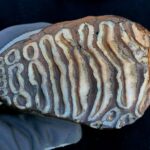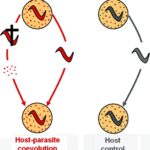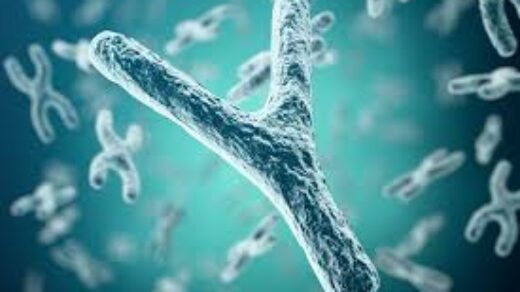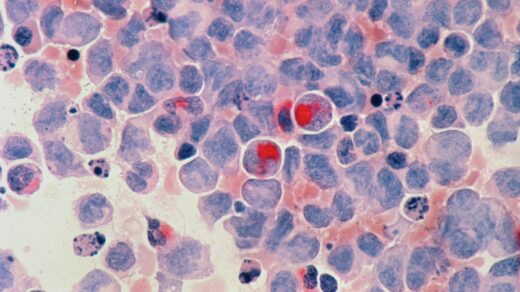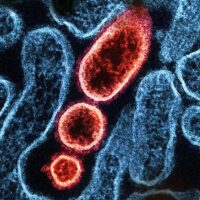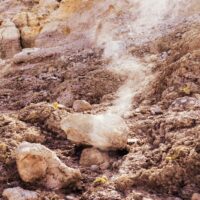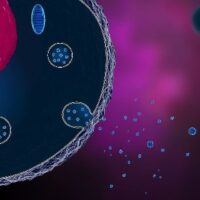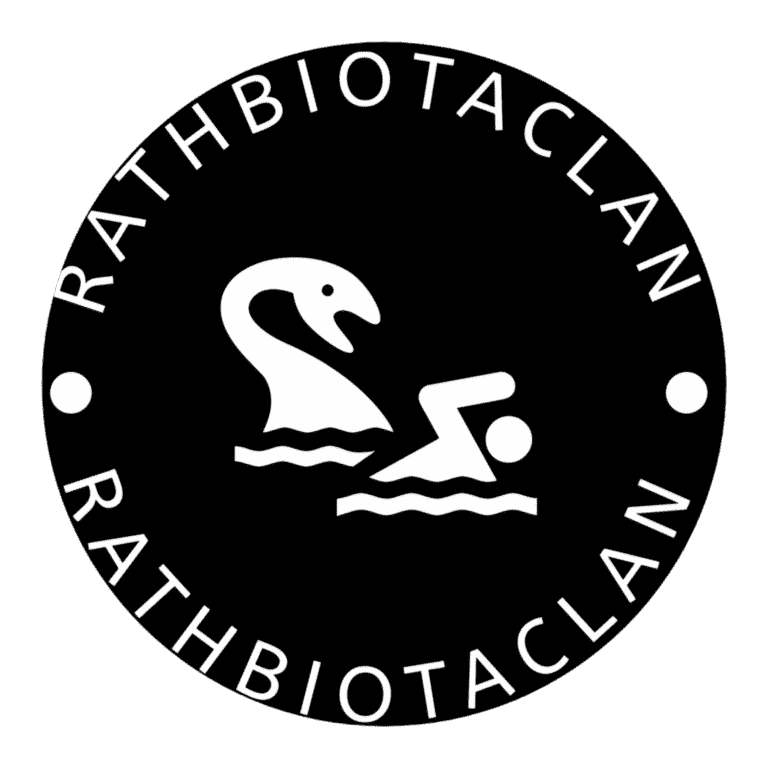Scientists have discovered a novel biological metabolism called Microbial Iron Oxide Respiration Coupled to Sulfide Oxidation (MISO). Specifically, this process links the global sulfur and iron cycles in oxygen-free environments. Moreover, diverse prokaryotes catalyze this process, which researchers previously considered strictly abiotic.
Microorganisms have Earth’s sulfur cycle since life emerged. However, scientists incompletely understand how these organisms integrate sulfur cycling with other element cycles. For instance, in anoxic environments like marine sediments and wetlands, sulfide interacts with ferric oxyhydroxides and iron(III) oxides. Indeed, this interaction represents a major biogeochemical process. Traditionally, researchers modeled this as a purely chemical reaction. Consequently, the reaction produces elemental sulfur (S(0)) and FeS.
Genomic Diversity and Metabolic Pathways
To comprehensively assess microbial sulfur metabolism, researchers established a computational framework. They conducted phylogenetic analysis of 116 proteins involved in sulfur redox transformations. These proteins occur across bacterial and archaeal genomes. Subsequently, the analysis revealed widespread sulfur-cycling capability. In fact, more than half of the analyzed species possess this capability. These species represent 120 (80.5%) of 149 known bacterial and archaeal phyla.
Furthermore, the findings are particularly striking for uncultured microorganisms. Scientists found 5,561 species with sulfur-cycling potential across 71 phyla. Notably, genomes from uncultured microorganisms exclusively represent these species.
Meanwhile, metabolic reconstructions predicted MISO potential across 37 prokaryotic phyla. Importantly, researchers identified three pathways that link dissimilatory reduction of solid phase extracellular iron(III) oxides with sulfur oxidation:
- First, members of Desulfurivibrionaceae couple iron(III) reduction to the oxidation of sulfide to sulfate (Reaction 1).
- Second, two uncultured Rhodoferax species couple iron(III) reduction to the oxidation of sulfide to elemental sulfur (Reaction 2). Additionally, they utilize sulfide:quinone oxidoreductase (Sqr) and the MtrCAB complex for extracellular respiration.
- Third, known thiosulfate oxidizers couple iron(III) reduction to the oxidation of thiosulfate to sulfate (Reaction 3).
Remarkably, thermodynamic modeling demonstrated that all three MISO reactions yield sufficient energy. For example, sulfide oxidation provides -20 to -40 kJ per mole electron. Therefore, this energy supports microbial growth even under alkaline conditions. Such conditions prevail in natural settings like freshwater and marine sediment.
Experimental Validation in Desulfurivibrio alkaliphilus
Given the ubiquitous co-occurrence of sulfide and iron(III) oxides in ecosystems, the study prioritized experimental validation of Reaction 1. Researchers chose the cultivated representative D. alkaliphilus for this purpose. Initially, scientists confirmed that D. alkaliphilus can reduce extracellular solid iron(III) oxides (ferrihydrite). Specifically, the bacterium uses formate as an electron donor.
Crucially, D. alkaliphilus grows autotrophically by oxidizing both dissolved sulfide and poorly crystalline iron monosulfide (FeS) to sulfate. Simultaneously, it reduces ferrihydrite. When researchers supplied FeS and ferrihydrite, they calculated the ratio of sulfate to Fe(II) formation. This ratio approached the predicted 1:8 stoichiometry for Reaction 1. Thus, the bacterium oxidizes FeS-sulfide to sulfate by reducing ferrihydrite.
Moreover, the experiment with dissolved sulfide and ferrihydrite revealed that sulfate formation requires biological activity. In particular, ferrihydrite is essential for this process. Indeed, biological oxidation contributes to sulfate formation beyond chemical oxidation. Chemical oxidation followed by microbial disproportionation of resultant S(0) cannot explain the observed sulfate levels.
Subsequently, researchers tracked sulfide consumption kinetics at environmentally relevant low concentrations (approximately 50 µM). They confirmed that MISO outpaces the chemical reaction rate between sulfide and ferrihydrite. Furthermore, D. alkaliphilus exhibited biphasic sulfate formation. The culture showed a high rate only when dissolved sulfide was present (Phase I). This indicates direct biological sulfide oxidation with ferrihydrite. Additionally, the culture showed significant cell growth when using ferrihydrite with either sulfide or FeS. Ultimately, carbon-13 bicarbonate labeling experiments confirmed a chemoautotrophic lifestyle.
Mechanistic Insights via Transcriptomics
Comparative transcriptomics revealed differential activity of candidate genes during MISO. Specifically, researchers hypothesize that sulfide oxidation occurs primarily through the reversal of the canonical dissimilatory sulfate reduction pathway (reverse Dsr pathway). Notably, related organisms show consistent observations. Key enzymes for this pathway include Sat, AprAB, and DsrAB. These enzymes showed substantial transcription during MISO growth. Often, their expression was significantly upregulated.
In addition, a network of Multi-Haem Cytochromes (MHCs) facilitates Extracellular Electron Transfer (EET). Electrons flow from sulfide-derived sources to ferrihydrite. Thirteen MHC genes showed upregulation under ferrihydrite-amended conditions. Interestingly, the most highly transcribed extracellular MHC shares structural homology with OmcS from Geobacter. This suggests it forms a conduit for channeling electrons to insoluble extracellular iron(III) oxides. Meanwhile, genes involved in the Wood-Ljungdahl pathway showed high transcription. This supports the observed autotrophic carbon fixation.
Ecological and Biogeochemical Importance
The discovery of MISO expands our understanding of sulfide oxidation pathways. Notably, the process relies on solid phase iron(III) oxides. These oxides are prevalent in mildly acidic to mildly alkaline habitats. Furthermore, the genomic potential for MISO represents a conserved trait within the Desulfurivibrionaceae family. Members of this family inhabit diverse global ecosystems. These include marine sediments and aquifers. Therefore, this suggests MISO holds biogeochemical relevance in these environments.
Significantly, MISO offers a mechanism to bypass the need for S(0) disproportionation in sulfate formation. It uniquely acts on FeS-sulfide, which remains chemically inert towards iron(III) oxides. Moreover, by exploiting sulfide’s reducing power, MISO helps overcome thermodynamic limitations. These limitations affect canonical iron reduction in alkaline environments.
Overall, the significance of MISO is considerable. It could potentially account for 1–7% of total sulfide oxidation to sulfate in marine sediments globally. Consequently, MISO fundamentally modulates the sulfur and iron cycles. Ultimately, this impacts Earth’s biogeochemistry and climate.
REFERENCES
NATURE PUBLICATION
Microbial iron oxide respiration coupled to sulfide oxidation

